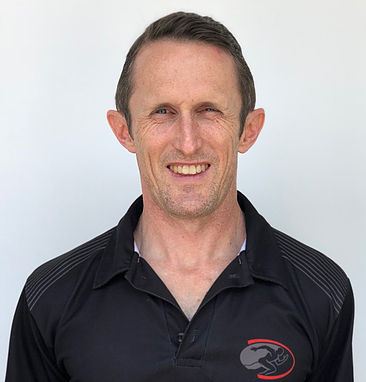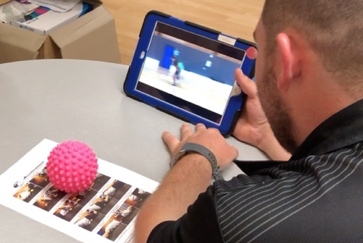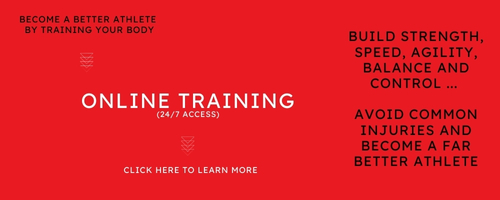Training to Be a True Athlete

written by Stewart Briggs
In my opinion, life is pretty boring without sport.
I’m sure most of you would agree. And, by now, I’d bet all the sports fans in your household are getting antsy. Parents may even be reminiscing about the days of smelly kids piling into the car, catching up with the other parents while watching the game, and the wafts of coffee and sizzling bacon coming from the canteen. The kids are missing their teammates, the competition and the release of energy.
Right now, we would even welcome a match against our biggest, toughest rivals.
But what sort of match would we have against them after several weeks of no sport? After no team training sessions during the week? And with neither side having played a game in months?
This time may feel difficult and frustrating but I believe that this is a great time to work on YOU and YOUR SPORT.
It’s an opportunity to take your own game and your athletic development to the next level. You have TIME. You have the ENERGY. With term 2 starting up at home next week, it is vital to introduce some sport specific training to your day.
But what is the right type of training for athletes to focus on?
There are a lot of choices out there these days. Hopefully, your family has already rediscovered the backyard or ventured out to a great local park to get some daily exercise. If you are at least doing SOMETHING, that’s great. But remember, there is a big difference between training as an athlete versus general fitness.
The key differences between genuine athlete training and simply maintaining your general fitness:
- Submaximal Strength Exercises – Rather than to fatigue, which is the most common general fitness method, real athletes need to be much more focused on their techniques and do practice these important movements many times over but without coming to complete exhaustion.
- Concentrically Fast Lifting Tempo – A steady or slow tempo is okay for body building but the best athletes need to be moving objects, and themselves, as rapidly as possible to ensure the fast twitch fibres are stimulated at all times.
- Accounting for Asymmetric Sports – Golf and tennis are very asymmetric, therefore, athletes need to constantly train the opposite muscles and also perform more repetitions in the non-preferred side to help make the body symmetric rather than lopsided. Athletes in other sports can also be asymmetrical, favouring one side of the body for throwing, kicking and jumping. A good training program will take this into account.
- Deep System, Movement Training – An athlete’s program needs to include a range of exercises that teach specific movements to build the strength and stability needed to be powerful and at the same time prevent injury. For example, you can’t jump high if you are collapsing at the hips. You cannot push through a tackle if your change of direction is slow and inefficient because your steering system is weak.
 To start your personal athletic journey with a customised sports specific program, call or email or find out more here.
To start your personal athletic journey with a customised sports specific program, call or email or find out more here.
Ask about the COVID-19 special for the 4 day, 1 week customised program now for $35 down from $50.

